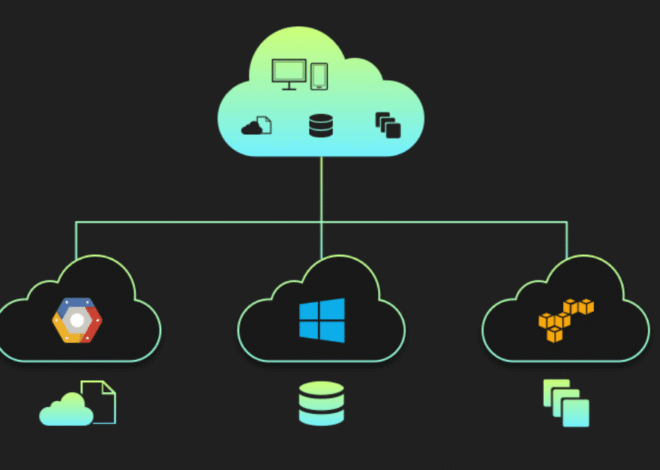
Enhanced Cloud Recovery Delivering Strong Reliability Within Modern Hybrid Workflows
Modern hybrid workflows require steady recovery paths that keep data accessible and operations aligned. Teams want flexible protection that adapts to shifting demands without slowing distributed tasks. Recovery layers must stay responsive even when systems move between varied platforms. Many organizations explore unified safeguards, often turning to Veeam for dependable continuity tools.
Dynamic Recovery Frameworks
Recovery foundations support balanced operations across diverse cloud layers. They guide routines that handle shifting loads with smooth transitions between platforms. These structures allow teams to manage complex tasks without losing reliability.
- Enables consistent recovery across varied platforms
- Supports evolving tasks with steady performance
- Handles continuity demands without adding complexity
- Improves system flow during quick transitions
Recovery layers enhance workflow stability by keeping essential components aligned. Teams gain predictable outcomes that make hybrid paths feel easier to handle and less stressful.

Resilient Multi Cloud Alignment
Cross cloud alignment encourages cleaner movement between services with less disruption. It helps maintain synchronization as tasks shift and scale quickly during demanding phases. Many teams combine these strategies with Veeam to strengthen adaptable operations.
- Supports seamless coordination across shifting services
- Maintains data flow during hybrid transitions
- Improves workload movement during peak activity
- Increases reliability within distributed tasks
These structures reinforce smoother workloads that continue performing well even when environments change rapidly.
Why use flexible workflows?
Flexible workflows help people interact with hybrid setups more comfortably. They give users simpler paths when routines shift or expand suddenly. These approaches create steadier outcomes that feel manageable for most teams.
What boosts hybrid resilience?
Hybrid resilience improves when systems coordinate efficiently across many layers. It grows stronger when routing patterns remain consistent under pressure. People value this stability because it keeps operations flowing even when demands intensify.
Smoother Continuity Flow
Hybrid workflows feel more dependable when recovery layers operate in harmony. These systems guide movement across platforms with steady performance during shifting conditions. Teams benefit from balanced operations that remain responsive even when workloads evolve quickly.



